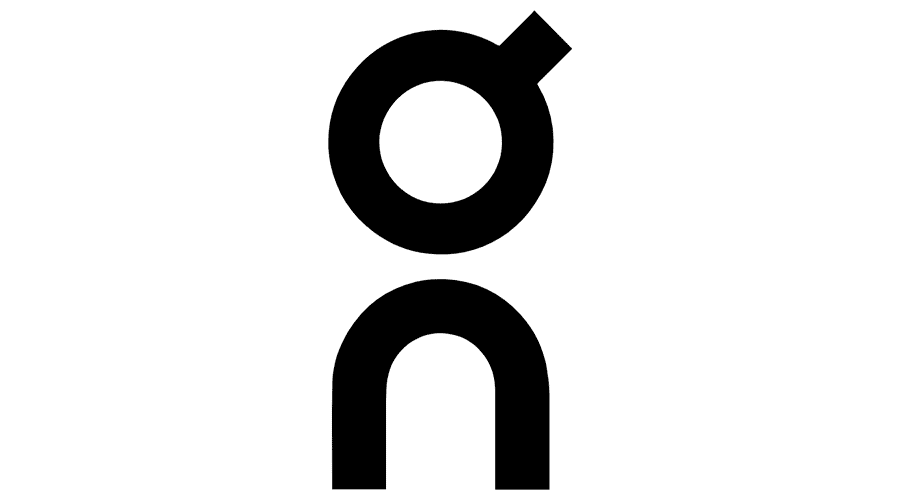Cloud shoes, renowned for their lightweight design and exceptional comfort, have become a popular choice among athletes and casual wearers alike. However, a common issue that some users face is heel rubbing. This can lead to discomfort, blisters, and ultimately detract from the otherwise positive experience of wearing cloud shoes. In this article, we’ll explore the reasons behind this issue, how to prevent it, and solutions to alleviate any discomfort caused.
Understanding Why Cloud Shoes Rub Heels
Before diving into solutions, it’s essential to understand why cloud shoes might rub your heels. There are several reasons this might occur:
1. Improper Fit: One of the most common reasons for heel rubbing is an improper fit. Shoes that are too tight can cause friction, while those that are too loose might allow your foot to slide, leading to rubbing.
2. Breaking In Period: Like many new shoes, cloud shoes might require a breaking-in period. During this time, the materials of the shoe adjust to the shape of your foot, which might cause initial discomfort.
3. Design Aspects: Sometimes, the specific design of a shoe, such as a higher heel collar or a narrow heel cup, can contribute to rubbing.
4. Socks Choice: The type of socks you wear can also play a significant role. Thick or poorly fitting socks can exacerbate rubbing issues.
5. Foot Shape: Everyone’s feet are unique, and certain foot shapes might naturally cause more friction in some shoe models.
Preventing Heel Rubbing in Cloud Shoes
To prevent heel rubbing in cloud shoes, consider the following strategies:
1. Ensure Proper Fit: The first step in preventing heel rubbing is ensuring that your shoes fit correctly. Here’s how you can check:
– When trying on cloud shoes, make sure there’s about a thumb’s width of space between your longest toe and the end of the shoe.
– The shoes should feel snug around the midfoot and heel without pinching.
– It’s advisable to try on shoes later in the day when your feet are slightly swollen to ensure a proper fit.
2. Break In Gradually: Give your shoes time to adjust to your feet. Start by wearing them for short periods before using them for extended activities. This gradual breaking-in process can help reduce the likelihood of heel rubbing.
3. Choose the Right Socks: Opt for moisture-wicking socks designed for athletic use. They should fit snugly without being too tight. Avoid cotton socks as they retain moisture and can increase friction.
4. Use Heel Grips or Pads: If you’re still experiencing rubbing, consider using heel grips or pads. These can provide extra cushioning and reduce movement within the shoe.
5. Adjust Lacing Techniques: Sometimes, simply adjusting how you lace your shoes can make a big difference. Techniques like heel lock lacing can help keep your heel in place and minimize rubbing.
Solutions for Heel Rubbing Once It Occurs
If you’ve already experienced heel rubbing, there are several ways to alleviate the discomfort and promote healing:
1. Treat Blisters Properly: If rubbing has resulted in blisters, it’s crucial to treat them correctly. Keep the area clean and covered with a blister bandage to protect it from further irritation. Avoid popping blisters as this can lead to infection.
2. Apply Anti-Friction Balm: Anti-friction balms or sticks can be applied to your heels to reduce friction during wear. These products create a barrier that helps the shoe glide rather than rub against your skin.
3. Utilize Moleskin: Moleskin is a soft, adhesive padding that can be placed on the inside of your shoe or directly on your skin to provide an extra layer of protection.
4. Consider Orthotic Inserts: In some cases, custom orthotic inserts can help by providing better support and reducing movement within the shoe, thereby minimizing rubbing.
5. Seek Professional Advice: If heel rubbing persists despite trying these solutions, consider consulting a podiatrist or a professional shoe fitter. They can provide personalized advice and solutions tailored to your specific needs.
Choosing the Right Cloud Shoe Model
Not all cloud shoes are created equal, and some models might be more suitable for your foot shape and activities than others. When selecting a model, consider the following:
1. Activity Type: Different cloud shoe models are designed for various activities, such as running, on running shoes walking, or casual wear. Choose a model that aligns with your primary use to ensure it provides the appropriate support and fit.
2. Heel Design: Look for models with a heel design that accommodates your foot shape. Some shoes offer more padding or a lower heel collar, which can help reduce the risk of rubbing.
3. Customer Reviews: Reading reviews from other users with similar foot shapes or issues can provide insight into which models might work best for you.
4. Try Before You Buy: If possible, try on several models in-store to see which feels the most comfortable and secure. Pay attention to any areas that feel tight or might rub.
Final Thoughts on cloud women’s running shoes denim white
Heel rubbing in cloud shoes can be an uncomfortable but manageable issue. By understanding the causes and implementing preventative measures, you can enjoy the comfort and benefits that cloud shoes have to offer without the drawback of heel discomfort. Remember, the key is finding the right fit, allowing time for a proper break-in period, and being proactive in addressing any issues that arise. With these strategies, you’ll be able to walk, run, and perform your daily activities comfortably and confidently in your cloud shoes.
